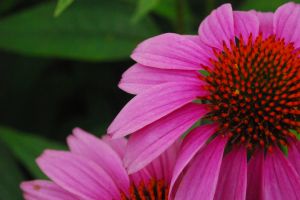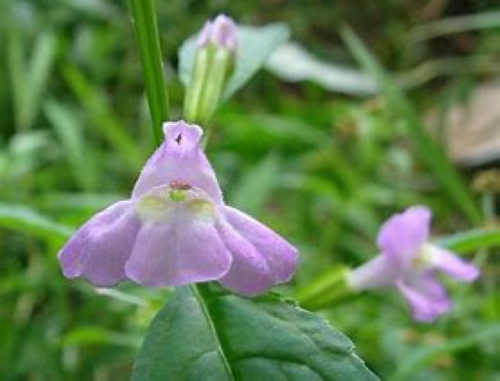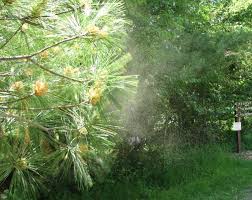__________________________________________________________________________________________________________
What is Seasonal Affective Disorder?
Just a reminder to you folks who suffer from SAD, it is time to start your winter routine! These recommendations may help many of us going into the winter months, especially this year dealing with the isolation of Covid with a long winter ahead of us.
Seasonal affective disorder is a mood disorder characterized by lethargy and depression dependent upon the earth's seasons. There is winter seasonal affective disorder as well as summer seasonal affective disorder. Winter SAD is more common, and it occurs in the months of winter, spontaneously disappearing in the springtime. Summer SAD is just the opposite, depression occurs in the spring, and the symptoms recede in the winter. There is too much light in summer SAD, and in winter SAD, there is too little light. We will only be discussing winter SAD in this article.
This disorder only affects a small number of people each year, estimated to be 5% of the population. Geographical location does play a critical factor in the prevalence of the disorder. The disorder is more common among people who experience a long winter and fewer hours of sunlight than people closer to the equator.
SAD is four times more common among females than males and usually develops between 20 to 30 years old. There is evidence that whole families can suffer from this disorder. SAD's frequent symptoms are social withdrawal, decreased activity, sadness, anxiety, carbohydrate craving, reduced libido, poor sleep quality, increased appetite, and weight. Even though SAD is not a serious condition, it can be uncomfortable and challenging.
Studies have shown that seasonal affective disorder is triggered by a decreased exposure to sunlight as its underlying cause. So the best therapy is light therapy. Use a full spectrum light bulb in a lamp and spend at least thirty minutes to two hours every day beside it so your eyes can take it in. No need to look directly at the light; merely sitting beside the lamp will do.
Simple lifestyle changes may be an easy way to mitigate the depressive symptoms associated with seasonal affective disorder.
- Take walks outside, preferably around noon. Try going outside for an hour a day.
- Avoid using sunglasses or contact lenses coated to shield UV radiation because this interferes with light transmission to the pineal gland.
- Add more lamps and brighter lights at home and work.
- Trim shrubs and trees from around windows to let in more light.
- Use translucent curtains or shades rather than heavy drapes.
- Sleep and work in east-facing rooms
- Use St. John’s Wort’s herb (if necessary)
- Vitamin D
Implementing these treatments by the end of October in the northern climes is a good idea, so SAD does not grab hold.
Let’s plan for a happy winter ahead. Let it snow, let it snow, let it snow!
I know I said the 'S' word!
(c) Wendolyn
Disclaimer: The information, including but not limited to, text, graphics, images and other material contained on this website are for informational purposes only. It is not intended to be a substitute for professional medical advice, diagnosis or treatment. Always seek the advice of your physician or other qualified health care provider with any questions you may have regarding a medical condition or treatment and before undertaking a new health care regimen.
The owner of these written materials makes no claims as to the accuracy or completeness of any of the information, including any links. The owner will not be liable for any errors or omissions in this information.






